
Rocky Mountain coal mine in Alberta takes next step to expansion
In Alberta, a massive open-pit coal mine near Jasper National Park is hoping to expand...
When dignitaries from 196 countries converge in Montreal next week to rub shoulders and hash out a new global agreement to save nature, money will be on the agenda.
Hundreds of billions of dollars more are needed each year to reverse biodiversity loss — to restore forests and grasslands, establish protected areas, build monitoring programs and transition to more sustainable agriculture.
But it’s not just a question of ramping up investment in biodiversity conservation. Governments also need to stop subsidizing its destruction.
Each year, the world spends at least $1.8 trillion “on subsidies that are driving the destruction of ecosystems and species extinction,” according to a 2022 report from Business for Nature and The B Team, coalitions of business and conservation groups focused on sustainability. That’s equivalent to two per cent of the monetary value of all the goods and services the world produces.
Canada is no exception. Through direct subsidies, tax breaks and other support federal and provincial governments incentivize companies to mine for metals and minerals, extract fossil fuels, convert grasslands to industrial agriculture and build roads and pipelines. Often subsidies bolster industrial development in habitat critical to the survival of caribou, salmon and other species at risk of extinction.
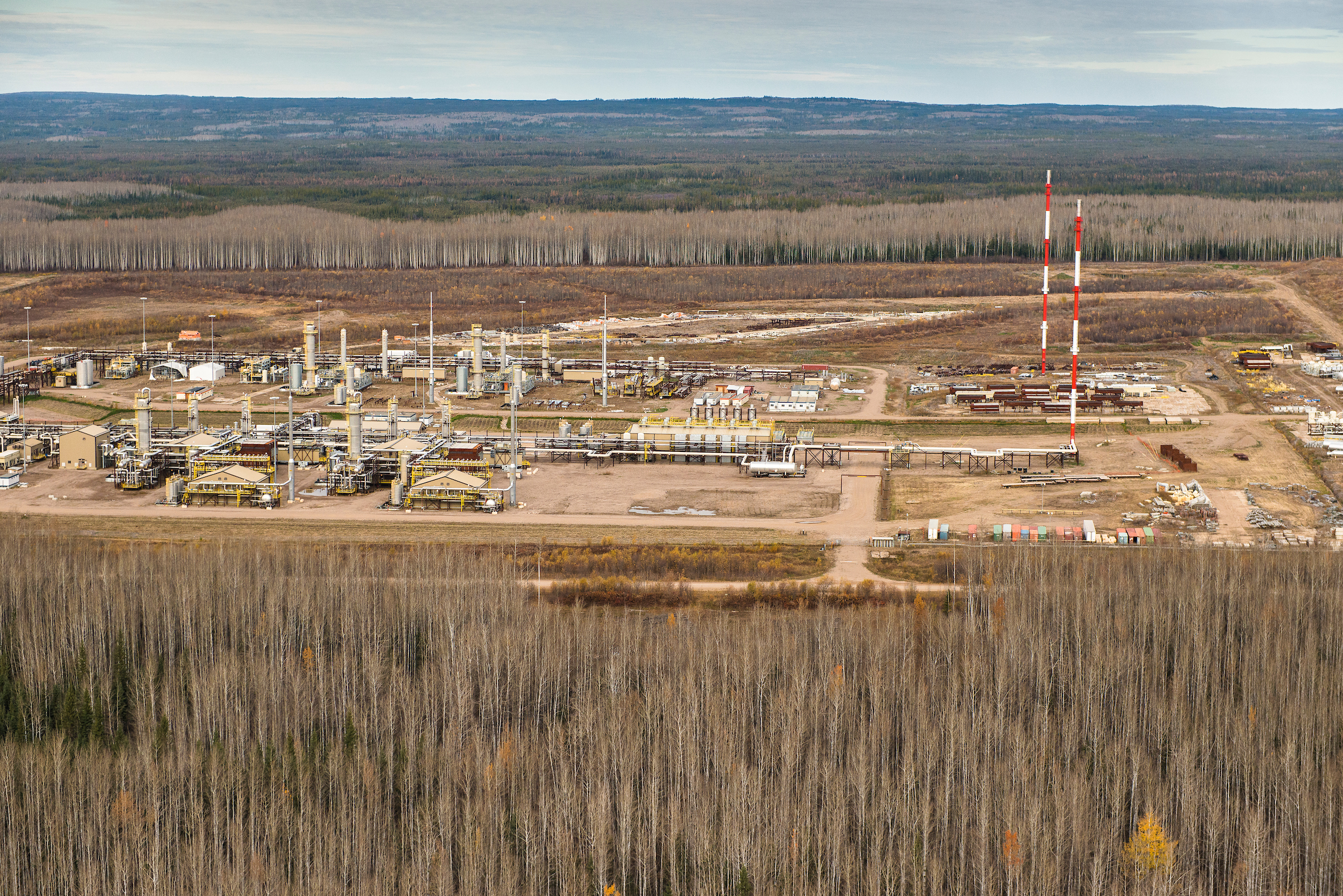
The global biodiversity framework agreement set to be finalized at COP15, the United Nations biodiversity conference, could see countries commit once again to phase out subsidies harmful to nature.
Globally, the track record so far has been dismal. Back in 2010, at a meeting in Aichi, Japan, 190 countries — including Canada — committed to phase out harmful subsidies as part of the previous global biodiversity framework agreement, known as the Aichi targets.
“Governments missed the target, and we cannot afford for history to repeat itself,” the Business for Nature and The B Team report said.
With COP15 just days away, here’s what you need to know about harmful subsidies.
Subsidies come in different forms. They might be government grants for oil and gas companies to clean up old wells, loans for new pipeline projects or tax breaks for new mines.
In theory, “there’s only one reason why we justify a subsidy,” Sumeet Gulati, co-director of the wildlife and conservation economics laboratory at the University of British Columbia explained. And that’s because the subsidy incentivizes something positive that might not otherwise happen — think of funding to support vaccine development that will benefit society but may not be a money maker.
But sometimes subsidies incentivize environmental harms — not benefits — that might not occur otherwise. For instance, subsidies that encourage fossil fuel production at a time when the world is scrambling to cut emissions to combat climate change.
A lack of government transparency can make it difficult to get a full accounting of exactly how much public money is being spent to help industries that threaten biodiversity.
But when groups like the International Institute for Sustainable Development investigate, they find billions of dollars in government handouts for the fossil fuel sector, including companies that extract natural gas in endangered caribou habitat, for instance, or build pipelines that cross sensitive ecosystems and destroy wetlands.
The governments of B.C., Alberta, Saskatchewan and Newfoundland and Labrador handed out at least $2.5 billion in fossil fuel subsidies in the 2020/2021 fiscal year, according to a report by the International Institute for Sustainable Development.
The organization also reported at least $1.9 billion in federal fossil fuel handouts in 2020. But that number could be much higher, according to the non-profit group Environmental Defence. In its own report, the environmental organization found Canada announced or issued nearly $18 billion in subsidies to the oil and gas sector in 2020, including more than $3 billion in direct subsidies and more than $13 billion in financing. Subsidies were lower in 2021, but still significant at $8.6 billion, according to a subsequent report from Environmental Defence.
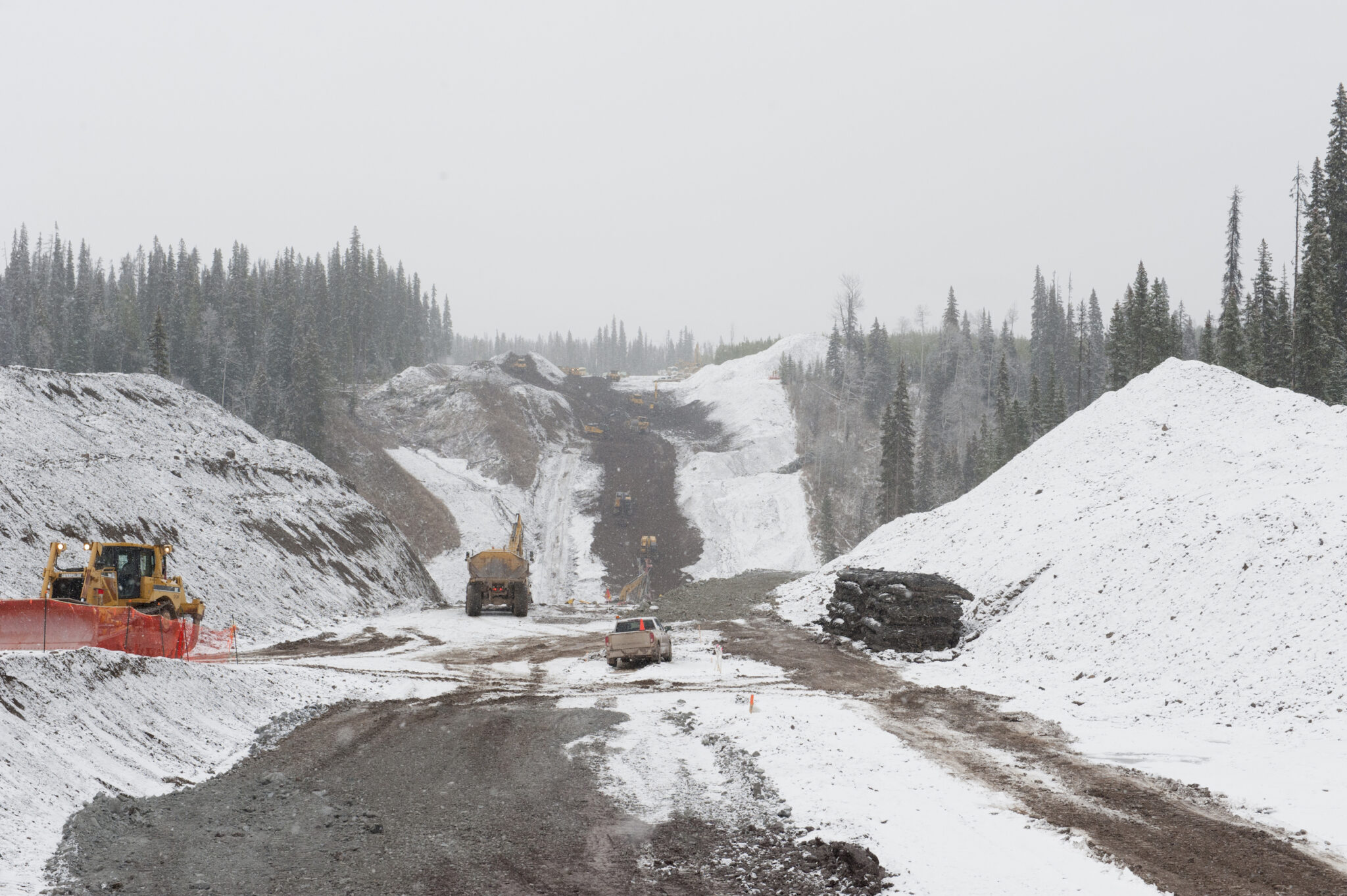
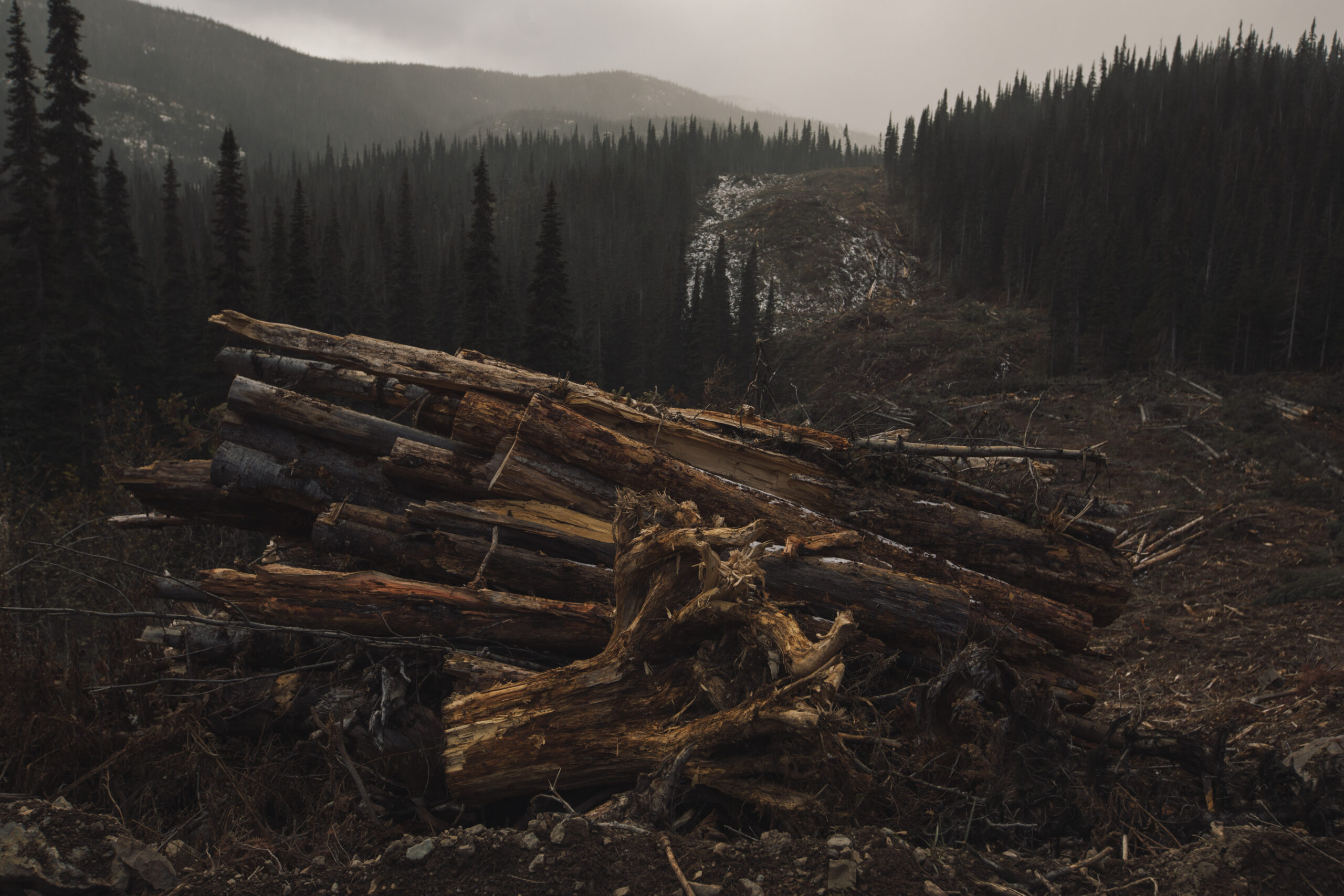
The federal government is also planning significant investments to encourage mining for certain minerals as it finalizes Canada’s critical mineral strategy. Jessica Dempsey, a University of British Columbia geographer who studies the political and economic systems that lead to biodiversity loss, worries that could have consequences for biodiversity.
The 2022 federal budget outlines several measures aimed at making new mining projects less risky for companies, including up to $1.5 billion over seven years for new infrastructure and a 30 per cent critical mineral exploration tax credit.
“What I want to see is commitment from governments to actually disclosing and really working through what those subsidies are, because my sense is that many governments don’t even know because they’re scattered in different ministries and in obscure tax codes,” Dempsey said in an interview.
An independent review of subsidies for mining, forestry and other resource sectors, she said, is “long overdue.”
The Canadian Parks and Wilderness Society has similarly called on Ottawa to undertake a “whole of government review” next year to “identify expenditures, which include subsidies and other fiscal policies that undermine the federal government’s nature commitments,” Sandra Schwartz, the executive director of the Canadian Parks and Wilderness Society told The Narwhal.
By 2024, CPAWS and other groups, want to see the government remove or repurpose that spending to better “align and frankly, in some cases even to incent progress toward our country’s nature and climate commitments,” she said.
Government subsidies can allow projects to proceed when they otherwise wouldn’t be economically feasible.
Decades ago, the federal and B.C. governments invested several billion dollars in road and port infrastructure to foster a coal mining industry in the province’s northeast. The governments later offered tax breaks for three mines and their investors, according to a 2020 Canadian Centre for Policy Alternatives report Dempsey co-authored.
Despite the public investment, jobs, production and tax revenue fell well short of initial forecasts, the report found. Caribou populations, meanwhile, declined.
Central mountain caribou are listed as threatened under the federal Species at Risk Act. But in 2014, the Committee on the Status of Endangered Wildlife in Canada found they were in worse shape than previously thought and recommended their status be changed to endangered. Habitat loss from coal mining and oil and gas were listed among the key threats to the populations.
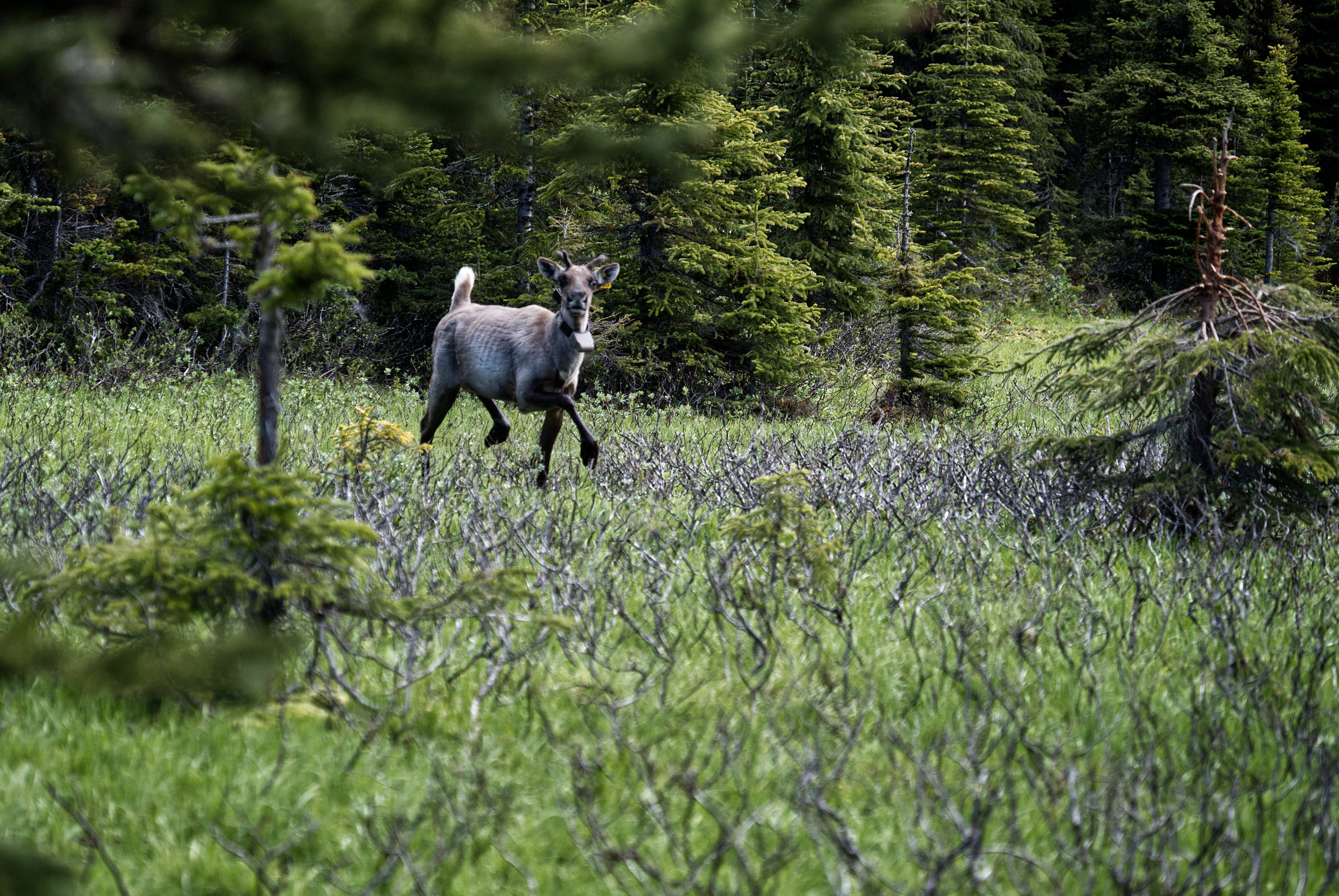
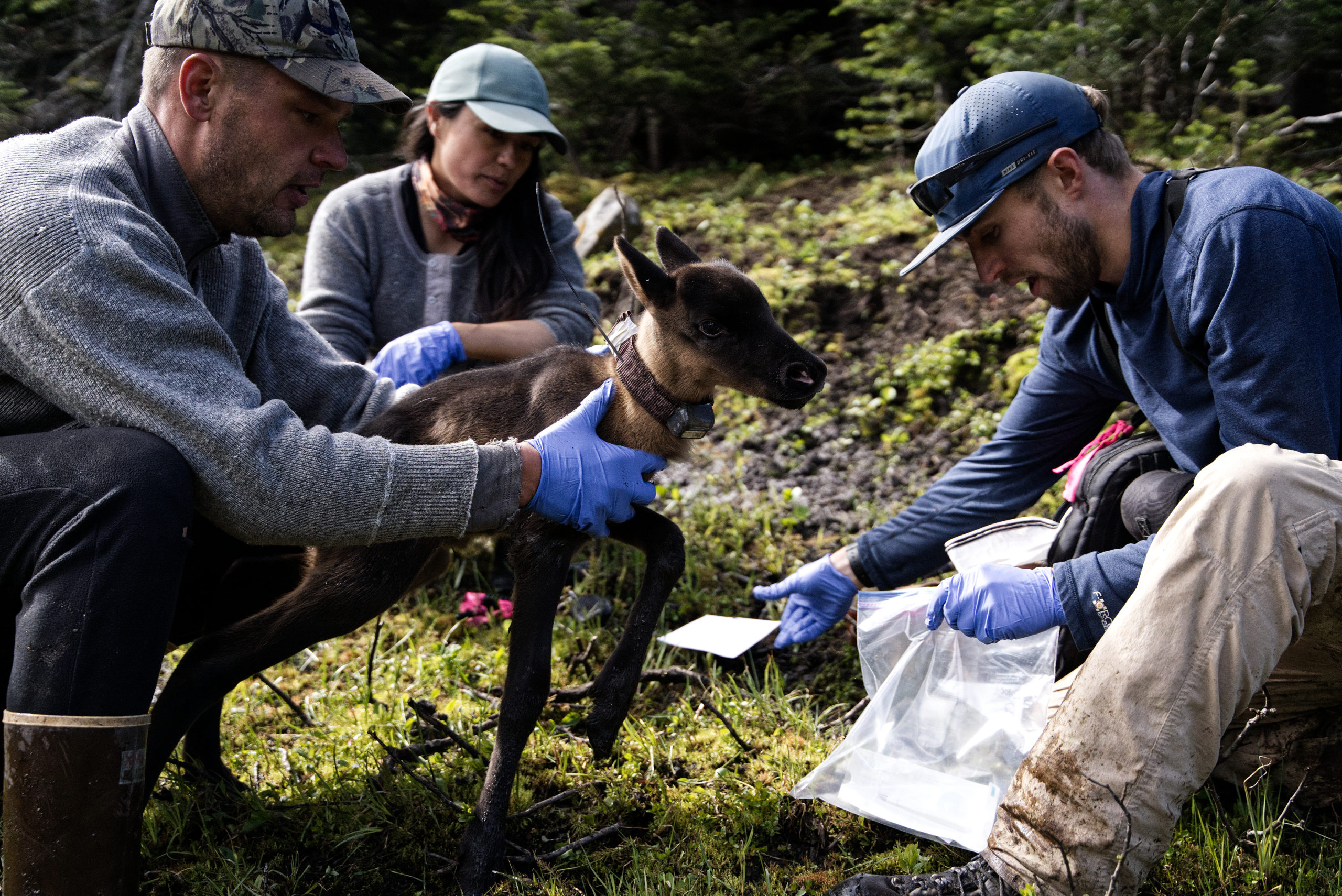
“Taxpayers have subsidized habitat degradation in the northeastern region of B.C. and, therefore, caribou’s path to extinction,” the Canadian Centre for Policy Alternatives report said.
At the same time, the B.C. government heavily subsidized oil and gas development in the region. Companies operating more than one-half the oil and gas wells in critical caribou habitat in northeast B.C. have received subsidies in recent years, according to University of British Columbia research.
“In light of these findings, we conclude that public funds are subsidizing caribou extinction,” the authors found.
Dempsey is also concerned about the potential consequences of Canada’s hoped-for critical minerals rush.
“It is certain that mines for critical minerals will be located in endangered species habitat in Canada, and mining is identified as a driver of endangerment for many species in Canada,” Dempsey and Rosemary Collard, an associate professor of geography at Simon Fraser University, wrote in a letter to Environment and Climate Change Minister Steven Guilbeault.
“The critical minerals strategy does not explain how the [environmental assessment] process — which accepts unproven mitigation measures and has overseen decades of continued if not escalating wildlife declines — will protect these endangered species from further declines caused by critical mineral extraction boom in their habitat,” the letter said.
Since 2009, Canada has promised repeatedly to phase out harmful subsidies. First, the federal government, along with other G20 countries, agreed to eliminate “inefficient” — a term still largely undefined — fossil fuel subsidies. Then in 2010, it agreed to look more broadly at subsidies that harm biodiversity as part of the Aichi targets.
For years, little progress was made. More recently, the federal government has ramped up its commitments. It has promised, for instance, to eliminate fossil fuel subsidies by 2023, two years earlier than previously planned.
The government also committed to cut public financing for international fossil fuel projects by the end of 2022 and to eventually eliminate public financing for the sector at home.
Earlier this year, a parliamentary committee studied how Canada plans to meet its commitments, as well as the criteria for determining whether a subsidy is “inefficient.”
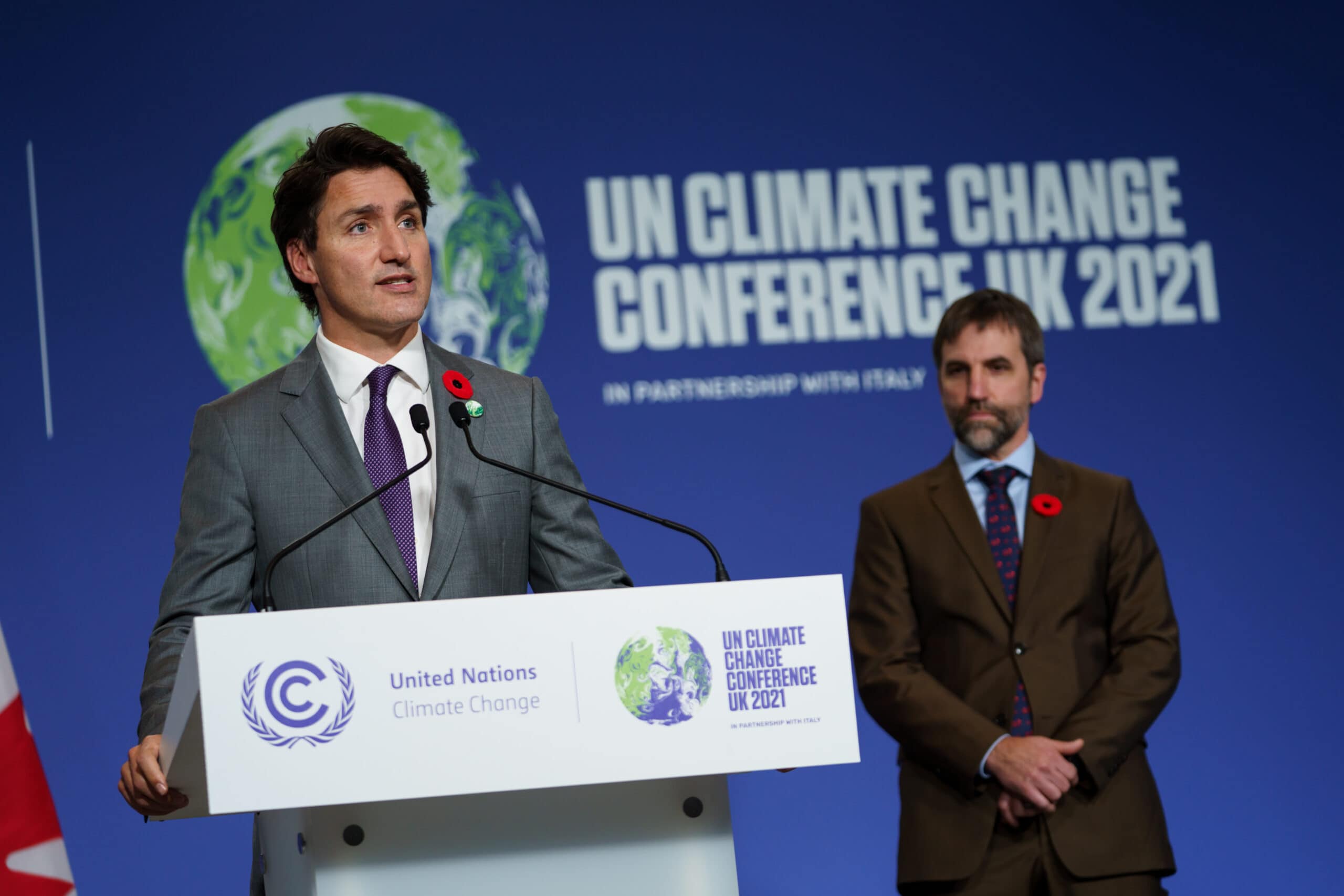
A report outlining the committee’s findings has not yet been published, but NDP environment critic Laurel Collins worries the government isn’t following through on its commitment.
Collins, the MP for Victoria and a member of the parliamentary committee, said a number of expert witnesses noted the federal government continues to hand out a “mind boggling” level of subsidies to oil and gas companies.
In B.C., the provincial government announced changes to its oil and gas royalty system in the wake of an expert assessment last year that described the system as “broken.”
The province eliminated a significant credit for digging deep wells that companies could use to reduce royalty payments to the government. For now, the change only applies to new wells. Several billion dollars in outstanding credits for existing wells remain available for companies to use to reduce royalty payments over the next few years.
In Canada, “I wouldn’t want to make the claim that there has been no progress,” Schwartz said. “Have they been doing it quite as quickly as perhaps we want? The answer to that is no.”
Meeting Canada’s ambitious conservation targets will require removing “systemic barriers to expanding the protected area system,” she said. “And we know that one of the major systemic barriers to that is some of the incoherent policies and investments.”
Target 19 of the draft global biodiversity framework focuses on financing for restoring and conserving nature.
As negotiations continue, countries are considering commitments that would ramp up financing for biodiversity to US $700 billion, by cutting out $500 billion in harmful subsidies and investing $200 billion in conservation each year.
Canada’s federal Liberal government has made record investments in conservation, dedicating several billion dollars over five years in 2021.
The government supports increasing resources for biodiversity conservation, including by addressing harmful subsidies and funding for conservation both domestically and internationally, Kaitlin Power, press secretary for Environment and Climate Change Minister Steven Guilbeault, said in a statement.
She pointed out that Canada recently endorsed the United Kingdom, Ecuador and Gabon-led 10-Point Plan for Financing Biodiversity and encourages other countries to follow suit.
“It emphasizes the need for countries to increase funding for nature and for dedicating a portion of climate finance for biodiversity,” Power added.
The plan also commits countries to “review national subsidies and to redirect or eliminate all subsidies and incentives harmful to biodiversity, and for nature-positive incentives to be scaled up as soon as possible.”
There will be a day devoted to finance and biodiversity among the various side events at COP15. During a plenary hosted by the World Bank, finance ministers are expected to discuss harmful subsidies and other issues.
Get the inside scoop on The Narwhal’s environment and climate reporting by signing up for our free newsletter. A $335 million funding commitment to fund...
Continue reading
In Alberta, a massive open-pit coal mine near Jasper National Park is hoping to expand...

A trade war could help remake B.C.’s food system, but will family farmers be left...

First Nations are leading efforts to make sure lake sturgeon can find a home in...
